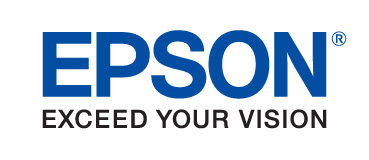Back in the days of the Pony Express, it took two-and-a-half weeks for a simple message to get from the US east coast to the company’s western terminus in Sacramento, California. Today, just a few seconds of delay seems like an eternity. In many cases, in a world where an organization’s corporate offices and key talent may not even be on the same continent, remote collaboration is an absolute must.
Collaborative technology is freeing. Whether you’re in Shanghai or London or Vancouver, you can work on the same project in real time. Whether you’re a multinational with offices around the world or a small niche company that needs to connect with talent with which travel is a way of life, it’s now possible, thanks to collaborative technologies, to bring parties together quickly and easily.
Remote collaboration is an organization’s ability to work, whether individually or collectively, from anywhere in the world at any time. Professionals have come to expect to be able to do everything — with anyone — as if they were doing it face to face. Given the tech now available, distance is irrelevant.
Success factors
Companies that want to facilitate or improve their remote collaboration capabilities have a few things to think through first. Here are some of the issues to consider that will make you more successful — and your employees better equipped to help you succeed, wherever they may be located.
- All aboard – Having a team in place is one thing, but having all members of your team on board — and regularly make use of — remote collaboration technologies makes for better business outcomes. Especially with smaller teams, the more voices heard, the more opinions thrown into the mix, the better the final product.
- All accessible – Remote collaboration capabilities means better accessibility. In the past, a team member who was out of the office was in all ways unavailable (if the individual was a decision-maker, the progress of a task or project would grind to a halt). Remote collaboration effectively puts an end to this.
- All regular – Regularity when it comes to practices and routines is a central feature of remote collaboration. Having the ability to attend any meeting because you don’t have to be in a physical location at a specific time is freeing and makes collaboration easy.
Businesses like yours rely on effective internal and external connections between employees to operate efficiently. But you might be discovering that the old ways of conveying important business messages are no longer enough for your staff . Relying only on telephone calls, email, and face-to-face meetings alone could be now considered a competitive disadvantage. It also makes it more difficult to attract top talent, and inhibits the communication speed most enterprises now require.
This shift is compelling businesses around the world to adapt by providing technologies that make remote collaboration more efficient and effective for virtual teams.
Epson’s Enhancing Remote Collaboration – A Guide To Connecting Your Global and Remote Employees is a great resource for organizations looking to beef up their remote collaboration capabilities. This publication covers a wide area, with topics including but not limited to:
- The role of remote collaborations – knowledge sharing, advanced communications technology, and the evolution of meeting rooms into collaborative spaces
- The role of visual communications – how communication works, the basic communications loop between source and receiver
- The rising demand for remote collaboration
- Making remote meetings more collaborative – device compatibility, video and sound, sharing software, and digital records
- Considerations for companies looking to make their workplaces more collaboration-friendly

